What Really Happens After You Throw Trash on the Road?
(Representational image courtesy NPR)
Imagine this: you wake up late, rushing through your morning routine, and in the chaos, you miss the municipal workers who come to collect the garbage. Left with a full dustbin and no time to spare, you take the easy way out — you leave the trash bag by the roadside, or worse, toss it onto a vacant plot nearby.
Problem solved, right? You return to a clean house, ready to move on with your day. But have you ever paused to think about what happens next? How that one careless act, done in seconds, set off a chain reaction of problems for you, your community, and the environment?
Every time we toss a plastic wrapper out of a car or abandon a paper cup on the pavement, or leave trash unattended on the street, it might seem like a harmless act. Out of sight, out of mind. But that tiny piece of trash starts a devastating journey — one that blocks drains, spreads disease, harms animals, pollutes air and water, and eventually circles back to hurt us all.
Trash doesn’t just vanish once it leaves your hands. A single plastic bag can take anywhere from 10 to 1,000 years to decompose, while a styrofoam cup lingers in the environment for over 500 years. Even something as small as a candy wrapper can outlast several generations. What may feel like a fleeting, harmless act leaves behind a toxic legacy that outlives us all.
In India, where over 62 million tonnes of waste are generated annually, much of it ends up on the streets, unsegregated and unmanaged. According to the Ministry of Environment, Forest and Climate Change, 40% of plastic waste in India is littered on roads and public spaces.
And who’s to blame here? You and me! Why do we do it? out of habit, laziness, or convenience, and these definitely are not solid reasons to justify.
Let’s break down what actually happens when trash is thrown irresponsibly onto the road.
1. It blocks drains and floods our streets
You’ve probably found yourself cursing the authorities during a waterlogged commute in the monsoon, frustrated by the sight of clogged drains and flooded streets. But what if the problem isn’t just poor infrastructure or negligence? What if part of the blame lies with us — with every discarded wrapper, plastic bag, or takeaway container we leave behind?
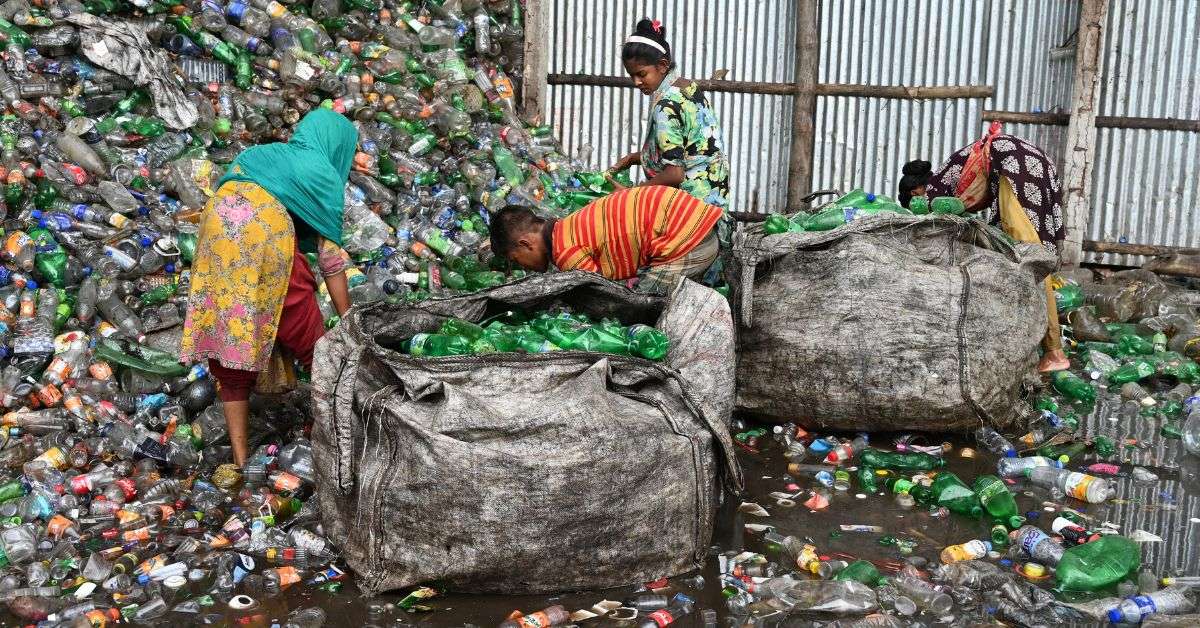 The clogged drains cause flooding during the monsoon season. Picture source: Canva.
The clogged drains cause flooding during the monsoon season. Picture source: Canva.
During the monsoon season, stormwater carries roadside trash into drainage systems. Most Indian cities rely on open or poorly maintained drains, making them extremely vulnerable to clogging. Plastics, wrappers, food waste, and other debris choke these channels, leading to devastating urban floods.
In Mumbai, for instance, the infamous 2005 floods, which paralysed the city for days and killed over 1,000 people, were exacerbated by blocked drains clogged with plastic waste. Similar scenes are witnessed annually in urban cities like Bengaluru, Chennai, and others, where poor waste management turns heavy rains into a public disaster.
2. It becomes a breeding ground for disease
Have you ever swatted away a cloud of mosquitoes or worried about your child catching a fever during the rainy season? Did you know that, along with the weather, the reason could also be the trash lying unattended just a few streets away?
Uncollected rubbish attracts flies, mosquitoes, rats, and stray animals, becoming a potent breeding ground for deadly diseases like dengue, malaria, cholera, and typhoid.
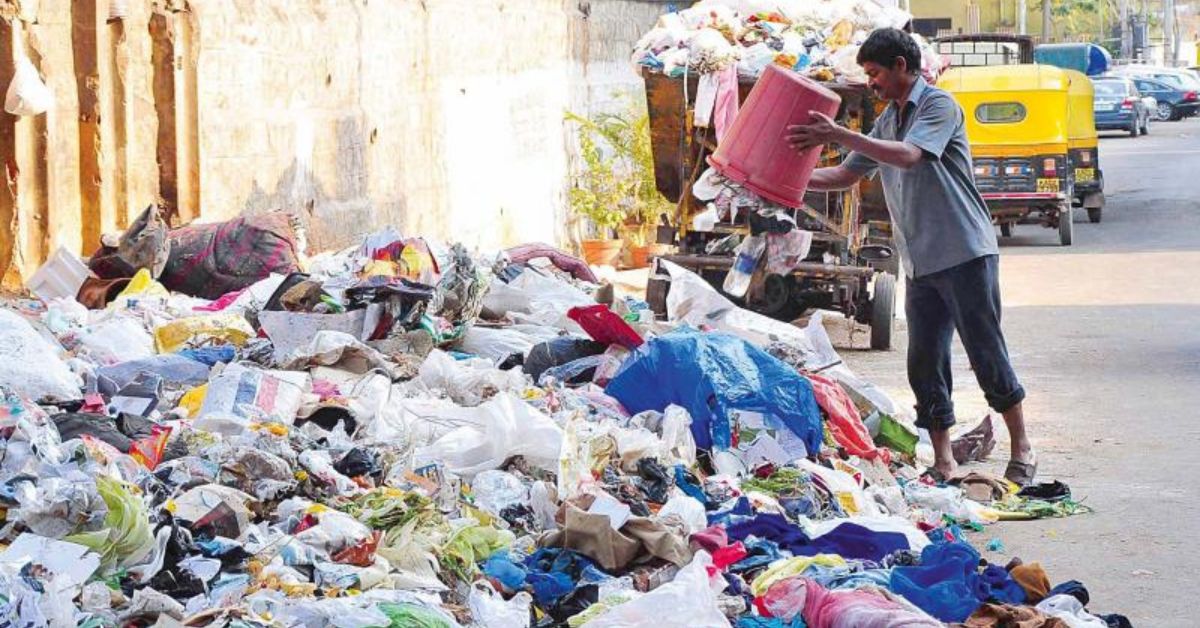 Heaps of trash is a perfect breeding ground for diseases. Picture source: Deccan Chronicle.
Heaps of trash is a perfect breeding ground for diseases. Picture source: Deccan Chronicle.
Children living near such dumpsites are particularly vulnerable. In densely populated urban slums, sanitation workers and informal waste pickers — already at the margins of society — bear the brunt of this health hazard every day.
As of August 2024, 32,000 dengue cases had been reported in the country, according to a statement released by the Ministry of State for Health and Family Welfare.
3. It harms street animals
Next time you see a street dog or a cow rummaging through a pile of trash that is not supposed to be there, pause for a moment. That innocent act of scavenging could be killing them slowly.
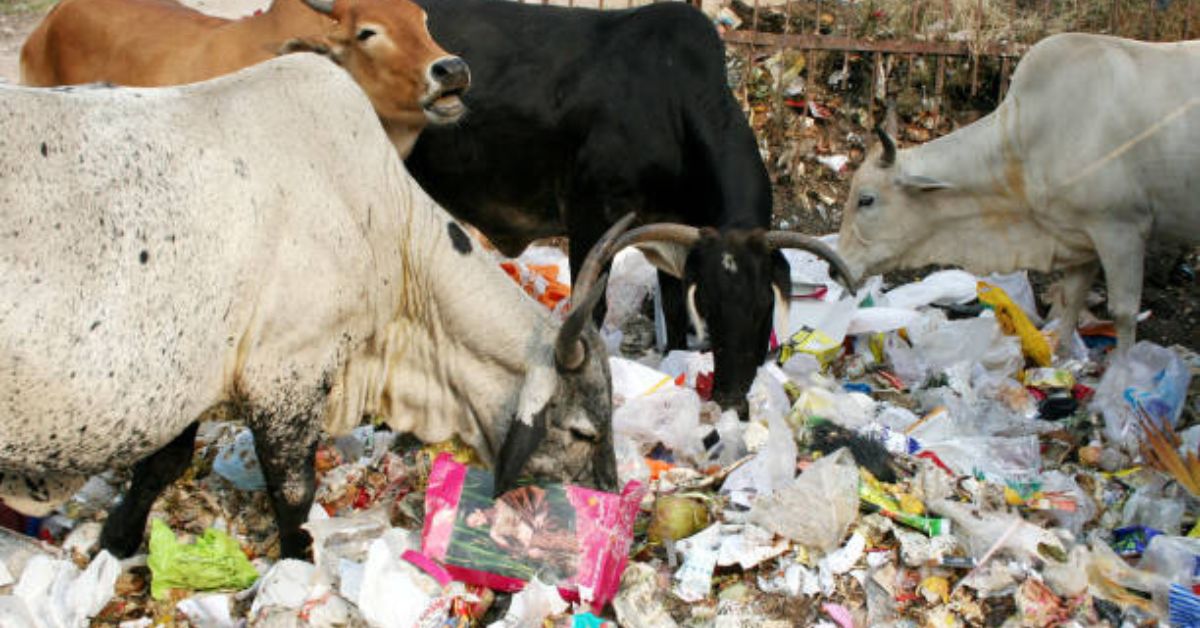 Stray animals like cows, dogs, and goat suffer a lot due to unattended waste. Picture source: iStock
Stray animals like cows, dogs, and goat suffer a lot due to unattended waste. Picture source: iStock
Street animals, due to hunger, often consume plastic bags, food wrappers, and contaminated waste. These materials cause internal blockages, injuries, and, in many cases, a painful death. Street animals trust the environment around them to be safe. Our carelessness turns their homes into death traps.
In 2021, a team of veterinarians in Faridabad extracted 71 kilograms of plastic, nails and other garbage from a pregnant cow, but both the animal and her baby died. Four years down the line, and nothing much has changed.
4. It pollutes the air we breathe
You might think, ‘At least it’s being burnt and getting rid of the mess.’ But the smoke you breathe tells a different story.
Burning plastic and mixed waste releases toxic pollutants like dioxins, furans, volatile organic compounds, and Polycyclic Aromatic Hydrocarbons (PAHs). These chemicals contribute heavily to air pollution and trigger respiratory diseases such as asthma, bronchitis, and even cancer.
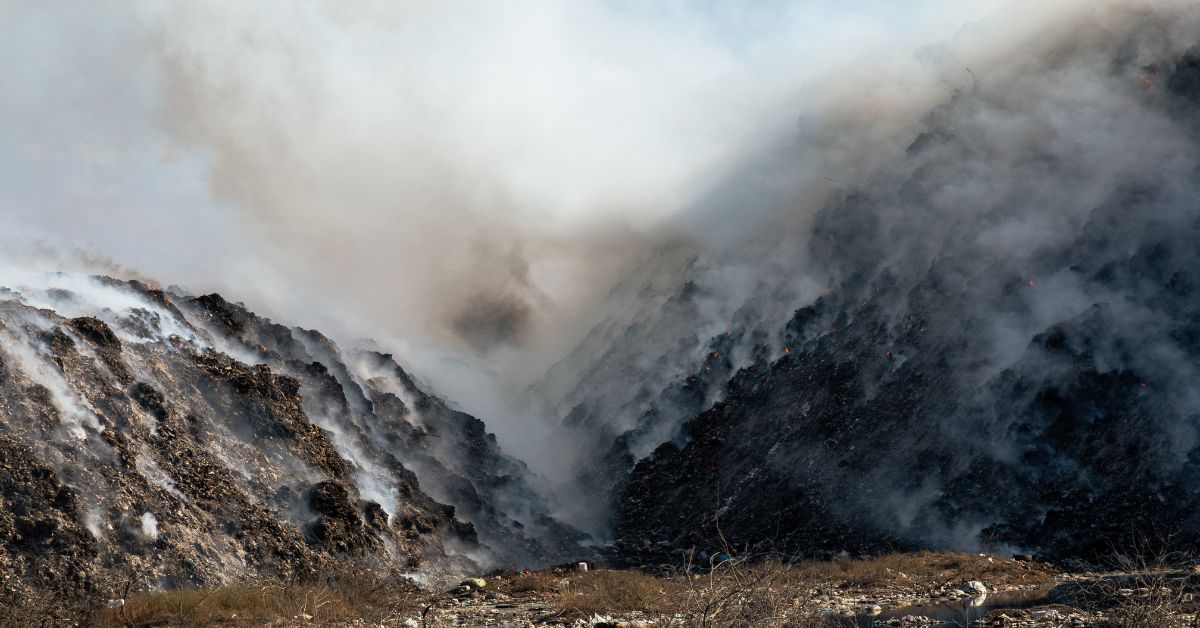 Burning all sorts of trash releases toxic gases, which are dangerous for humans. Picture source: Canva.
Burning all sorts of trash releases toxic gases, which are dangerous for humans. Picture source: Canva.
In India, over 5.8 million tonnes of waste are incinerated each year, largely due to poor segregation and careless disposal. According to a research paper published by The Lancet Planetary Health, over 1.67 million deaths were attributed to air pollution in India (2019).
5. It pollutes soil, water and enters our food chain
Ever fill a glass of water and wonder about its purity? What if invisible bits of trash were floating in every sip you take?
Roadside trash, especially plastic, doesn’t just stay put. Rainwater carries microplastics, heavy metals, and harmful chemicals into rivers, lakes, and groundwater systems.
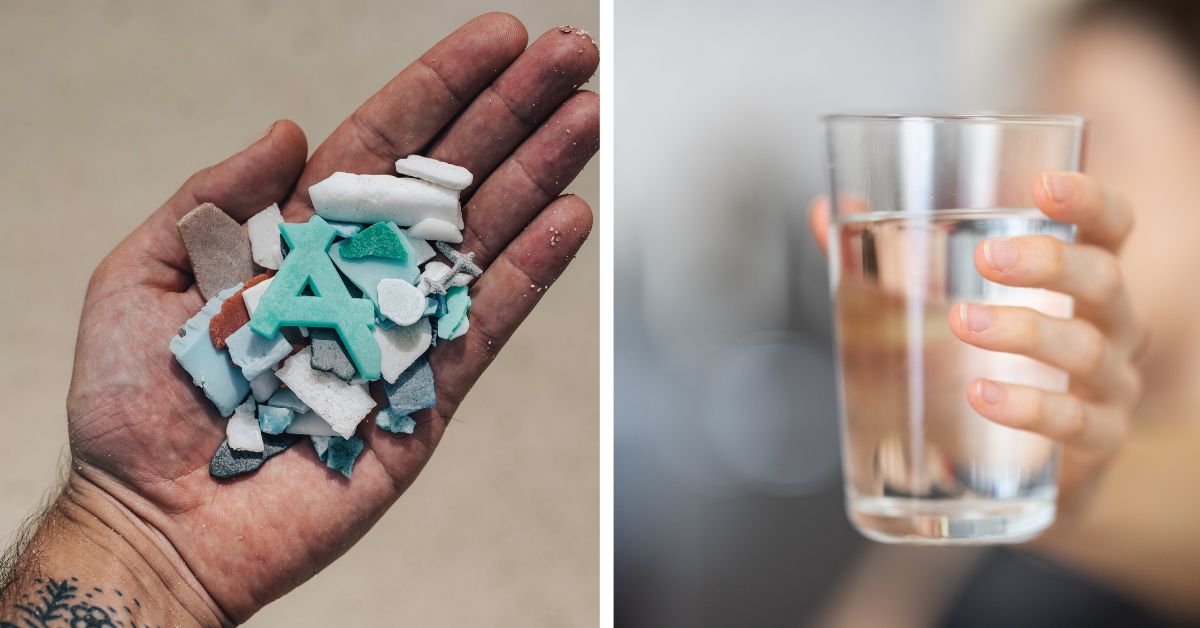 Microplastics have been identified in the food and water one consumes for survival. Picture source: Canva.
Microplastics have been identified in the food and water one consumes for survival. Picture source: Canva.
Worse, microplastics are now found in our food chain — in seafood, salt, drinking water — and eventually in our bodies, causing inflammation, hormonal disruption, and potential long-term health complications.
A study by IIT Mumbai found that Indians are consuming about 117 micrograms (0.117 milligrams) of microplastic annually, with a daily salt intake of 5 grams. Recently, microplastics have been identified in the groundwater of 11 districts in Delhi.
A wake-up call
Throwing trash on the road is not a trivial act; it is a direct attack on public health, urban living, animal welfare, and environmental safety. If one plastic wrapper today can trigger floods, disease outbreaks, animal deaths, toxic air, and poisoned water tomorrow, do we still need to be careless and throw trash on the road?
Changing this grim reality starts with each one of us — practising segregation at source, disposing of waste responsibly, supporting recycling efforts, and refusing to treat public spaces like dustbins.
It’s time we see our waste not as a problem to discard, but a responsibility to manage. One piece of trash, one careless moment — a lifetime of consequences. Let’s choose better.
Edited by Leila Badyari Castelino.
Sources
News